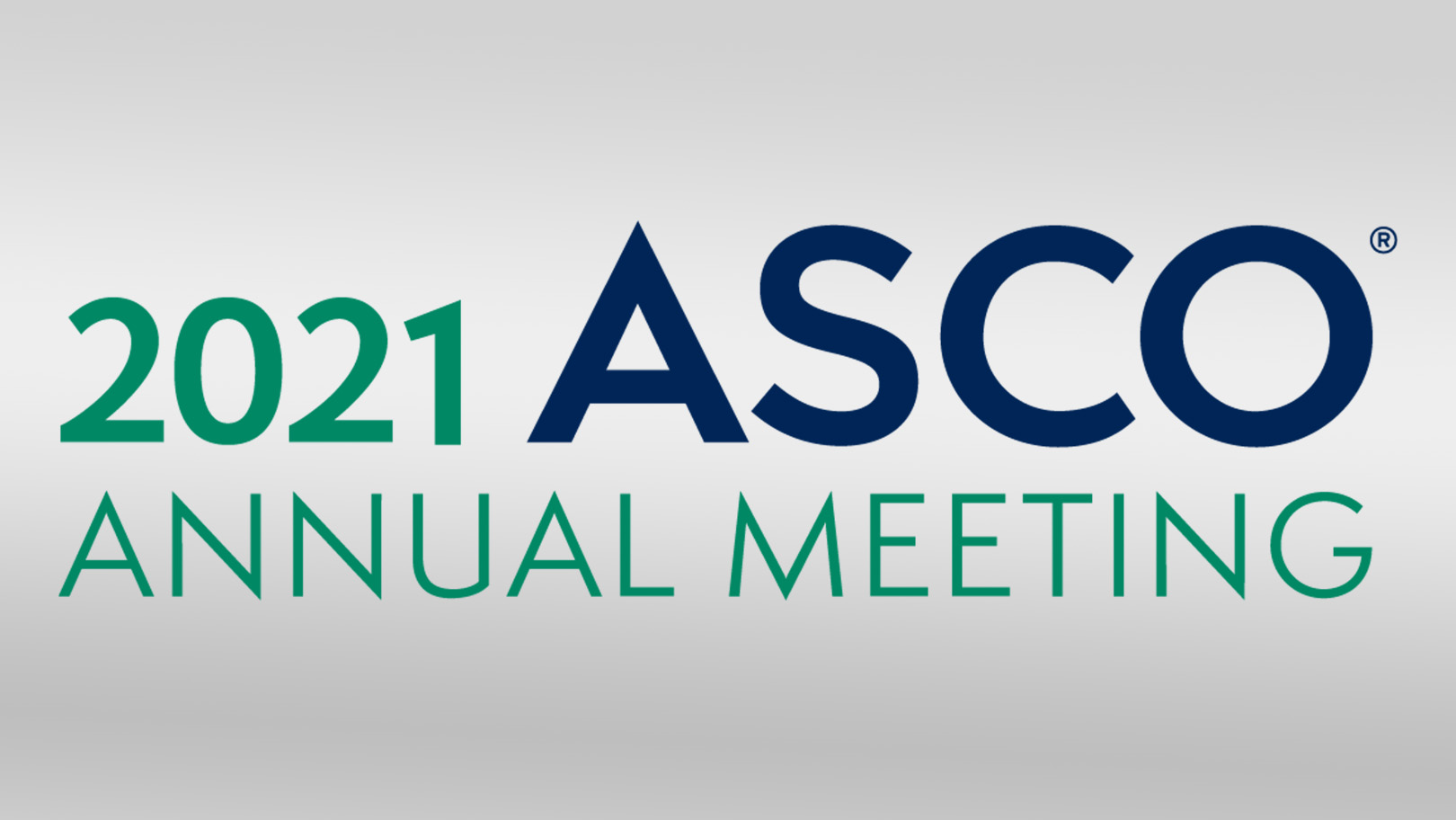Patients treated with neoadjuvant combination nivolumab plus chemotherapy who had resectable NSCLC underwent surgical resection at similar rates and timeframes to those undergoing neoadjuvant chemotherapy, according to a presentation of surgical outcomes data from the CheckMate 816 trial (Abstract 8503).
Data previously presented at the AACR 2021 Annual Meeting showed that nivolumab plus chemotherapy resulted in a 12-fold improved pathologic complete response (pCR) compared with chemotherapy alone in 358 patients with stage IB-IIIA resectable NSCLC randomly assigned to nivolumab 360 mg plus platinum-doublet chemotherapy or chemotherapy alone.
At the 2021 ASCO Annual Meeting, Jonathan Spicer, MD, of McGill University Health Center, Montreal, Canada, reported key surgical outcomes.
Definitive surgery occurred in 83% of patients assigned nivolumab plus chemotherapy compared with 75% of patients assigned to chemotherapy alone.
Thoracotomy was the most frequent surgical approach in both arms. There was no evidence that neoadjuvant nivolumab increased surgical difficulty. Almost one-third (30%) of patients assigned to combination treatment were able to undergo minimally invasive surgery compared with only about one-fifth (22%) of patients assigned chemotherapy alone. In patients with stage IIIA disease, 30% of patients treated with nivolumab had a minimally invasive procedure compared with 19% in the chemotherapy-alone arm. Moreover, patients with stage IIIA that were approached with a minimally invasive technique had nearly twice the incidence on conversion to thoracotomy when treated with chemotherapy alone (20% vs. 11%).
Finally, R0 resection was achieved in 83% of patients assigned the combination compared with 78% of patients assigned chemotherapy alone. The addition of nivolumab did not affect the extent of lymph node dissection, Dr. Spicer said.
These results were achieved with no increase in the median duration of surgery and similar length of hospitalization between the two arms.
Changing Practice
“These excellent surgical results, along with the data previously presented at AACR regarding the primary endpoint, help establish a new standard of neoadjuvant care,” according to abstract discussant Valerie W. Rusch, MD, FACS, of Memorial Sloan Kettering Cancer Center.
These data also build on extensive experience in advanced NSCLC that has consistently shown better outcomes including overall survival with chemo-immunotherapy compared to chemotherapy alone, she added.
Dr. Rusch highlighted several important demographic features of the study population that “reflect the fact that this was a global study and has potential to influence surgical management.”
The median age of patients enrolled was 64 years. There was a higher frequency of patients with squamous cell carcinoma (~50%) and the majority of patients had stage IIIa tumors.
“Salient and interesting results include the fact that the proportion of patients who did not undergo surgery and the length of operation was higher in the chemotherapy arm,” Dr. Rusch said.
Specifically, the median duration of surgery for nivolumab combination was 184 minutes compared with 217 minutes for chemotherapy alone.
“This half-hour difference in procedure time may indicate that surgical complexity was not increased by virtue of the addition of nivolumab in the preoperative treatment regimen,” Dr. Spicer said.
Median time from last neoadjuvant dose was about 5 weeks in both arms, which Dr. Spicer said is well within accepted standards for neoadjuvant therapeutic approach.
The addition of nivolumab did not affect surgery-related adverse events. Any grade surgery-related adverse events occurred in 41% of patients assigned nivolumab and 47% in chemotherapy alone arm. Grade 3/4 adverse events were 11% and 15%, respectively. Grade 5 perioperative adverse events were infrequent.
Lobectomy was performed in 77% of patients assigned nivolumab compared with 61% of patients assigned chemotherapy alone, which Dr. Spicer called a clinically important difference. This difference was largely attributed to a 13% increase in pneumonectomy in patients treated with chemotherapy alone compared with chemo-immunotherapy among those with stage IIa disease (30% vs. 17%).
“Given our well-documented understanding of postoperative morbidity and mortality outcomes for lobectomy versus pneumonectomy, this finding could account for significant differences in early event-free survival between the two cohorts,” Dr. Spicer said.
Dr. Rusch said that the results do raise the question of whether the improved depth of pathologic tumor regression in the chemo-immunotherapy arm of the trial actually facilitates surgical resection.
“One also wonders if the investigators have any data regarding the presence of perihilar fibrosis in either arm of the study because this can make hilar dissection quite treacherous,” she said.
Finally, Dr. Rusch noted that neoadjuvant studies using immunotherapy only report at least a 20% major pathologic response rate and the use of a much shorter window from neoadjuvant treatment to surgery.
“Defining which patients need monotherapy immunotherapy and the more complex chemo-immunotherapy is an important future direction for neoadjuvant therapy plus surgery,” she said.
Reference:
Spicer J, et al. Surgical outcomes from the phase 3 CheckMate 816 trial: nivolumab (nivo) + platinum-doublet chemotherapy (chemo) vs chemo alone as neoadjuvant treatment for patients with resectable non-small cell lung cancer (NSCLC). Abstract 8503. Presented at 2021 ASCO Annual Meeting.






